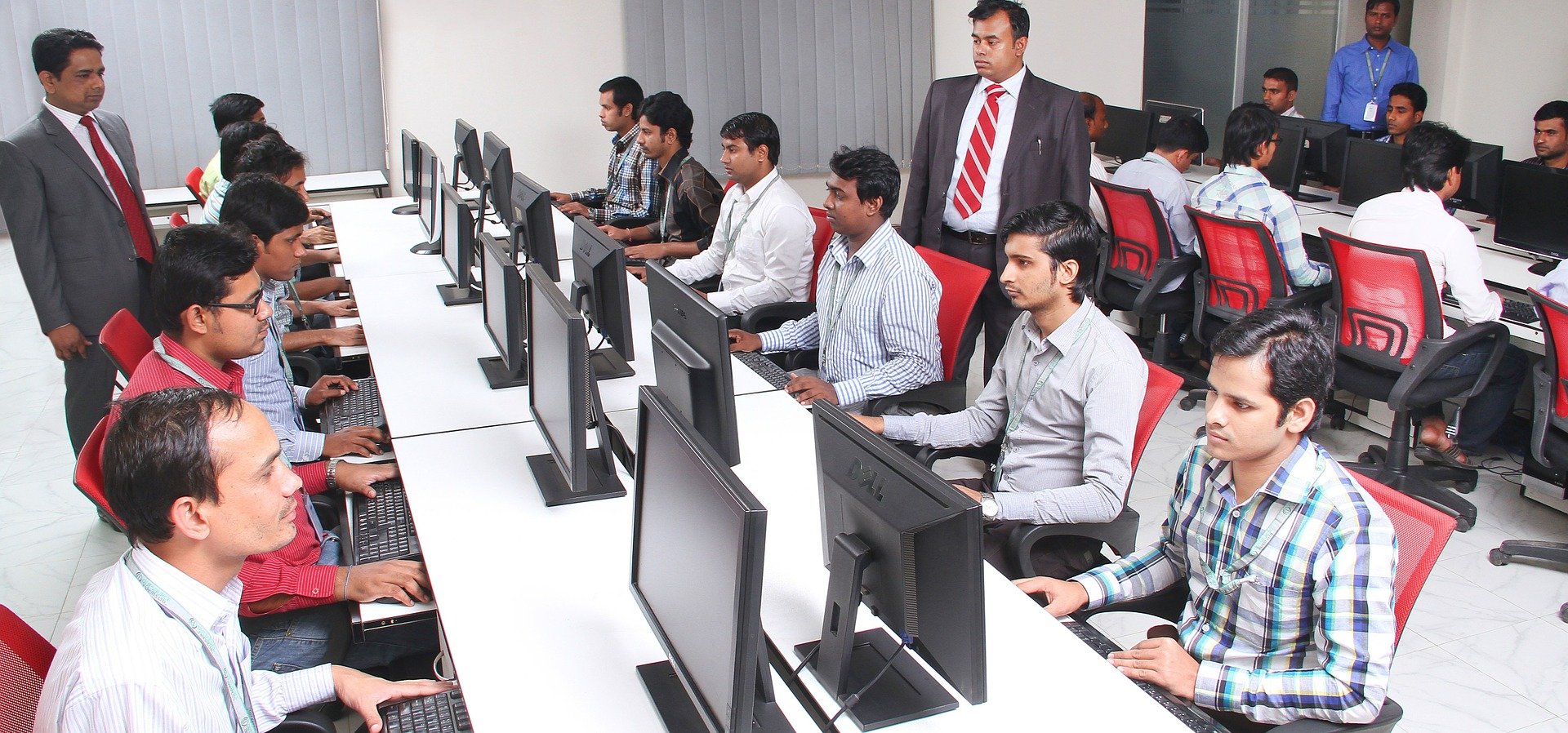India’s Future of Work
People around the world are being increasingly pulled towards the potential of digitalization and automation. India is no different. Cheap and ubiquitous smartphones and high internet speed has meant digitalization and its offerings are being increasingly consumed by Indians.
Businesses—particularly large multinationals in India—are also leaning towards using robots and automation in their manufacturing facilities. This in turn has led to a rise in the number of unemployed in India. Former World Bank President Jim Yong Kim in October 2016 had stated that automation will likely threaten 69 percent of jobs year-on-year in India.
The use of automation has not only been intensive in the manufacturing, warehousing and agriculture sectors; but also, in IT sub-sectors such as software testing and online media. Even before COVID-19 had hit, automation was displacing jobs in the manual testing and tech support segments.
India will need to heed to these warning bells. The impact of the pandemic coupled with millions of unemployment can dampen India’s recovery post-COVID. We at Horasis recognize this threat and are organizing a one-day virtual event on 24 July 2021, where we will discuss such pressing issues to collectively arrive at actionable solutions.
Looming Crisis
The unemployment numbers would now be higher considering the job losses amid the pandemic. But the impact of job losses has been somewhat higher for low-skilled labourers. There is a lesser percentage of job losses among white-collar workers as most have been able to pivot quickly to working from home or remotely.
But needless to say, as with any other economy, blue-collar workers comprise a significant chunk of the workforce. They are the support system that fuels the largest contribution in GDP growth. And as we bear witness, it is they that keep the wheels of the economy moving amid the pandemic. So, their existence is vital to India and finding the right answers to sustaining their livelihoods is imperative for India’s future.
Businesses were disrupted because of COVID-19, leaving employers with no choice but to reduce their workforce, and for many, choosing an alternate path of automating most of their manual work. The threat of job losses was evident even before the pandemic. Earlier, the reason for cutting jobs was to control costs. Now it is more of a necessity to stay afloat.
But workers still remain at the losing end of the bargain.
How Can India Respond?
Not all is lost. India boasts of a young population that is aware and are avid consumers of digital services. But this battle cannot be fought alone. India will need to involve all the key stakeholders.
India recently introduced its 4 Labour Codes – the Industrial Relations Code; the Code on Social Security; the Occupational Safety, Health and Working Conditions Code; and the Code on Wages. Together these will merge the 44 pre-existing labor laws, and is expected to boost employment figures and enhance the overall business environment in India.
Education in India is the first stepping stone and is a vital sector which will need reforms. Traditional educational curriculum is quickly becoming redundant as emerging tech jobs call for a combination of technical, analytical, and soft skills. And the new breed of workforce entering the market will need to be trained in problem-solving and creative skills. Skills that are demanded now to cope with the changing market, being disrupted by emerging technologies and trade and health crisis.
Students and the workforce of the future will need to prepare for a life of continuous learning to equip themselves with multiple skillsets such as coding, AI, IoT, and data science, among others. As time passes by, many skills of today will become redundant in the future, demanding for new set of skills. So, instilling a mindset among students to continually immerse themselves in lifelong learning is vital.
Similarly, industries and businesses will need to collaborate with universities to create industry-ready curriculum that exposes students to the industry beforehand, through apprenticeship programs; and create better job opportunities for them while regularly upskilling and reskilling them for the future.
The pandemic has revealed that nothing is ascertained. Work will keep changing and demand for new skillsets will arise. So, it is vital for all stakeholders to come together in developing a flexible and accommodating outlook in the way we work and reconsider how jobs are designed – in order to adapt, learn, and equip the workforce for the changing times.
The good news for India is it has started responding to changing times, with policy.
Photo Caption: A computer training center for adults in Delhi. Reskilling and upskilling are key to secure India’s work future.




